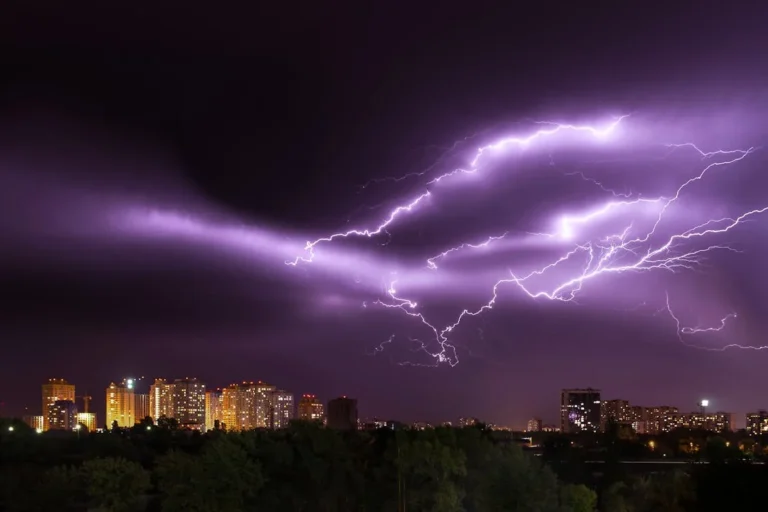Introduction:
lightning infill is a unique and visually striking infill pattern used in 3D printing that resembles the chaotic, branching nature of lightning bolts. Unlike traditional infill patterns that are based on geometric consistency and structural regularity, lightning infill is designed to minimize print time and material use while still providing adequate internal support. This pattern is particularly useful for certain types of prints where internal structure does not need to be uniform or overly strong, and where speed and visual effects take precedence. As additive manufacturing evolves, understanding the advantages and limitations of different infill types like lightning infill becomes crucial for designers, engineers, and hobbyists alike.
1. What Is Lightning Infill and How Does It Work?
Lightning infill is a non-linear, irregular infill pattern generated by slicing software, most commonly seen in Cura. Instead of traditional, grid-like or concentric structures creates a randomized branching pattern that mimics natural lightning. This effect is achieved by calculating the shortest and most efficient internal paths needed to support the top layers of the print, resulting in less material usage and significantly faster print times. The pattern is generated algorithmically and varies throughout the model depending on its geometry and overhang requirements. Because it focuses only on areas where support is structurally necessary, avoids creating unnecessary internal structures. This approach makes it an excellent choice for models that prioritize form over function, such as display pieces, decorative models, or quick prototypes.
2. Advantages of Using Lightning Infill in 3D Printing
One of the primary benefits of using the remarkable reduction in print time. By only reinforcing areas that truly require support, the printer spends less time on internal geometry and more time progressing through each layer. This efficiency is especially noticeable in larger models where dense infill would otherwise dramatically increase the print duration. Another major advantage is material conservation. This visual intrigue can enhance the artistic value of printed objects. It also reduces wear on the extruder and hotend due to less back-and-forth movement, indirectly extending the printer’s mechanical lifespan.
3. Ideal Use Cases for Lightning Infill
Lightning infill is best suited for prints where structural integrity is not a critical concern but speed and efficiency are. Decorative items such as statues, figurines, cosplay props, and architectural models benefit greatly from this infill type. These objects often have intricate outer shapes but don’t need robust internal support. Another common use is in prototyping, especially in the early stages when designers want to quickly visualize form and dimensions before refining the functional aspects of the model can also be useful for educational demonstrations, where quick turnaround and filament savings are important.
4. Limitations and Considerations of Lightning Infill
Despite its benefits, lightning infill is not without drawbacks. The most notable limitation is its lack of structural uniformity. Prints using may also be more prone to internal weaknesses or uneven surfaces on top layers, especially if layer adhesion is not optimal. Additionally, the lightning pattern can be unpredictable in appearance, making it unsuitable for prints where internal visibility or consistency is important. Slicer compatibility is another factor to consider; not all slicing software supports natively, and users may need to update or adjust settings within their slicer to access it. It’s also important to test the print at a smaller scale before committing to large projects, to ensure that the results align with your expectations in both appearance and strength.
5. How to Enable and Optimize Lightning Infill in Cura
From the infill pattern dropdown, choose “Lightning.” It’s essential to adjust infill density, as lower densities work best with due to its sparse and strategic nature. Users should also fine-tune the wall line count and top layers to ensure that the outer shell is strong enough to support the structure, especially if the model has a large surface area or complex geometry. Enabling gradual infill steps or combining lightning with stronger wall structures can help mitigate any weaknesses in the final print.
